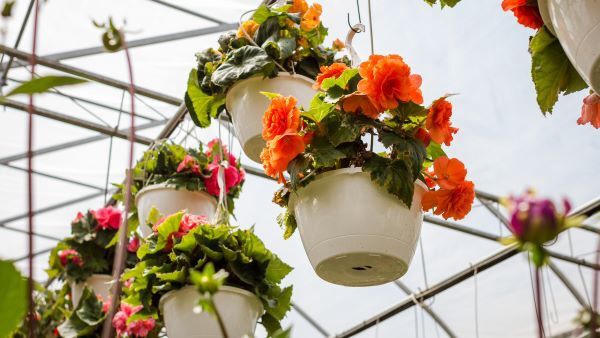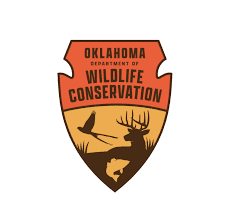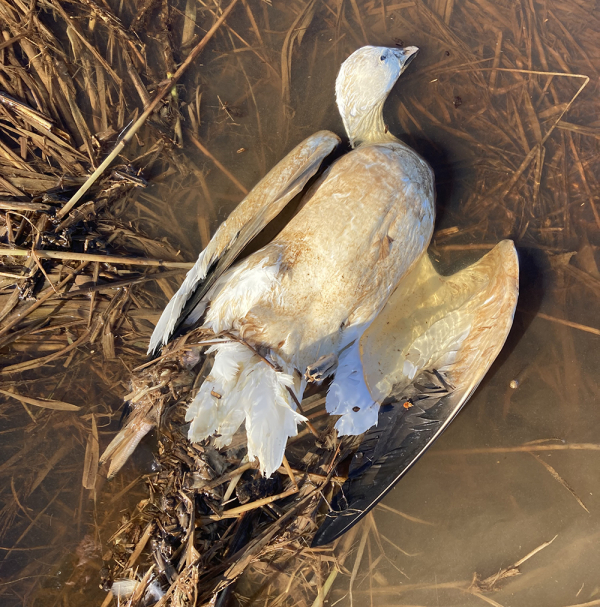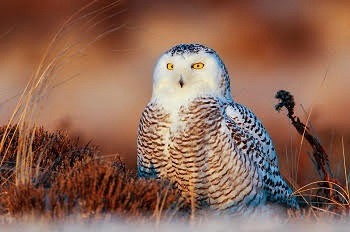Resident Recreation Passport fee to increase slightly Jan. 1
GW: Another subtle reminder of how reckless spending by government translates into inflation.
Starting next year, Michigan residents will pay $14 for the Recreation Passport – just a dollar more for a year’s worth of vehicle access to state parks and recreation areas and a host of other state-managed outdoor destinations.
The moderate fee change is the result of a statutory provision that ensures Recreation Passport funding keeps pace with the economy. Basically, the law says that the Michigan Department of Natural Resources does not determine the cost of the Recreation Passport; instead, adjustments are based on the Detroit Consumer Price Index, as determined by the federal Bureau of Labor Statistics.
New fee, program support
| Effective Jan. 1, 2024, the resident Recreation Passport vehicle fee increases from $13 to $14, while the cost for motorcycles will not change.
The Recreation Passport is valid for 12 months when purchased at time of license plate registration renewal through the Secretary of State. Although some residents have already received their registration renewal notices (reflecting the old fee), the new rate takes effect Jan. 1 for all in-person and online transactions. Read more |







